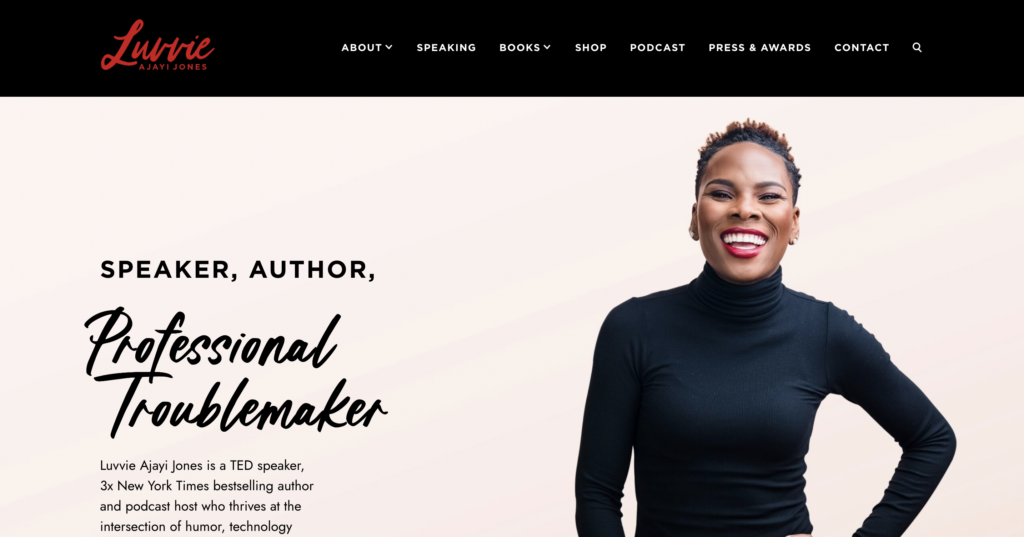Visual Identity : Developing a Personal Brand Style
In today's visually driven environment, crafting a personal branding appearance has become increasingly important than ever. Your personal brand is more than just your actions; it's how you present who you are to society. It includes your values, the skills you possess, and the unique characteristics that make you different. A strong personal brand can unlock opportunities, create opportunities, and make you memorable in a jam-packed marketplace.
The visual identity plays a vital part in developing your personal brand. It influences the way you are perceived by others and creates an emotive link with your audience. By effectively curating your visual components—including your logo, color scheme, and typography—you can convey your message effectively and reliably. In the following text, we will examine the methods to develop a cohesive visual identity that emphasizes your personality and career objectives, which assists in building an authentic personal brand that resonates with your intended audience.
Establishing Your Individual Brand
Establishing your individual brand starts with self-reflection. Understanding your principles, strengths, and interests is crucial to forming a brand that genuinely represents you. Set aside time to think about what sets you distinct and what you aim to convey to your audience. This introspective process will act as the basis for your personal brand development and guide your branding choices moving forward.
Once you have a clear sense of who you are, the subsequent phase is to pinpoint your target audience. Understanding who you want to reach helps tailor your messaging and visual identity. Think about their preferences, needs, and how your principles align with theirs. This understanding will allow you to build a brand that resonates with your audience, rendering your personal brand growth more successful and powerful.
Finally, focus on the essential features of your brand that you wish to highlight. This includes your visual style, communication style, and general messaging. Uniformity across these elements is essential for creating a recognizable brand. Whether it’s digital platforms, a private website, or networking, ensuring that your individual brand upholds coherence will enhance your visibility and make you unforgettable in the minds of your audience.
Crafting Visual Elements
Visual elements are the building blocks of your personal branding style. This includes your emblem, color palette, typography, and imagery. Every component should reflect your personality and values, ensuring coherence across all platforms. A professionally crafted logo can convey professionalism, while the right colors can evoke distinct feelings, making them essential in crafting a memorable visual identity.
When crafting your color palette, consider the emotions that specific shades evoke. For example, blue often represents trust and calmness, whereas red can convey excitement and vigor. Aim for a harmonious blend of hues that merely draws notice but also resonates with your desired audience. Similarly, your font choices can influence perceptions of your brand, so pick fonts that are not only attractive but also clear and in line with your aesthetic.

Photos and graphics plays a vital role in branding as well. Consistent use of high-quality images and visuals that are consistent with your brand narrative can enhance recognition and establish a harmonious aesthetic. Whether it’s your avatar or the images you share on social media, make sure they represent the attributes and qualities you want to convey. By thoughtfully selecting these visual components, you can create a impactful and distinctive personal brand.
Consistent Brand Identity Throughout Channels
A strong personal brand is centered around consistency. When developing your graphic identity, it is essential to confirm that your branding components are uniform throughout all channels. This includes your trademark, hue palette, font choices, and imagery. Unified branding enables your audience recognize you immediately, no matter in what place they come across your content. It fosters trust and familiarity, which are crucial components of an impactful personal brand.
In addition visual components, your voice and communication should concur throughout different platforms. Whether you are posting on social media, modifying your website, or writing a blog post, maintaining a unified tone is important. This implies remaining true to your core values and making certain that your communication reflects your brand’s character. When your audience gets a consistent message, they are more likely to connect with you and your brand on a more profound level.
In conclusion, it is important to consistently review your brand's presence on different platforms. This might entail reviewing your social networking profiles, website, and any mediums where you showcase your portfolio. Confirm all components of your branding are up-to-date and cohesive. By ensuring your branding uniform, you reinforce your image and make it easier for your audience to engage with and recognize you.